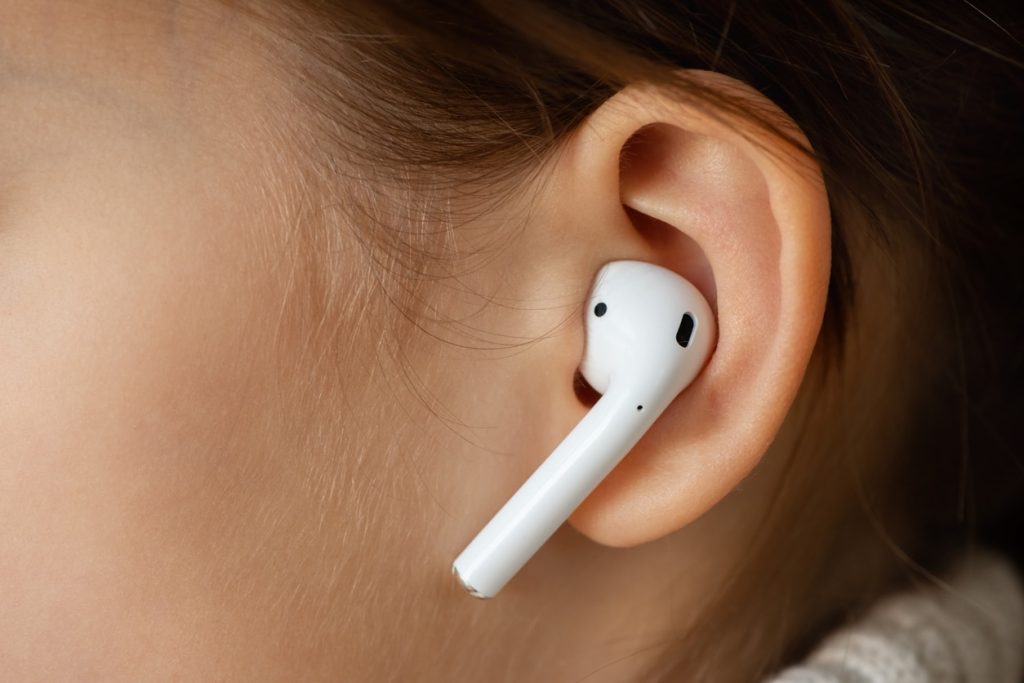How Do Wireless Earbuds Work?
Wireless earbuds have become a popular and convenient way to listen to music, take calls, and enjoy podcasts without the hassle of tangled wires. But how exactly do these tiny devices work? Let’s break down the key components and processes involved in the operation of wireless earbuds.
1. Bluetooth Connectivity
Wireless earbuds primarily use Bluetooth technology to connect to your phone, tablet, computer, or other Bluetooth-enabled devices. Here’s how it works:
- Bluetooth Pairing: When you first use your wireless earbuds, you need to pair them with your device. This process involves enabling Bluetooth on both your earbuds and the device, and then connecting them by selecting the earbuds from a list of available devices.
- Low Power Consumption: Bluetooth operates at a low power frequency (usually 2.4 GHz) and is designed for short-range communication, typically around 30 feet (10 meters). This allows for a stable and efficient connection without draining too much battery from either the earbuds or the connected device.
2. Audio Transmission
Once your wireless earbuds are paired with your device, audio signals (such as music, podcasts, or calls) are transmitted wirelessly:
- Digital Signal Conversion: The audio from your device is converted into a digital signal that is sent over the Bluetooth connection. This signal is then received by the wireless earbuds.
- DAC (Digital-to-Analog Converter): Inside the earbuds, a small component called a DAC converts the digital signal back into an analog signal that the earbuds’ speakers can process and play as sound.
3. Power Supply and Charging
Wireless earbuds are powered by small rechargeable batteries. To keep them running, you need to charge them regularly.
- Charging Case: Most wireless earbuds come with a charging case that serves both as storage and a recharging station. The case typically uses a USB-C or Lightning port (depending on the brand) to recharge the earbuds when they are not in use.
- Battery Life: The battery life of wireless earbuds can vary depending on the brand, model, and usage. Typically, they last between 4 to 8 hours on a single charge, and the case can provide additional charges, extending use time to 20-30 hours or more.
4. Touch Controls and Sensors
Many modern wireless earbuds come with built-in sensors and touch controls, allowing you to interact with your device without needing to physically touch it.
- Touch Sensors: On the surface of the earbuds, there are touch-sensitive panels that allow you to control music, adjust volume, or answer calls. You can tap, swipe, or press these sensors to perform specific functions.
- Motion Sensors: Some earbuds have motion sensors that detect when you place them in your ears, enabling automatic playback, or when you remove them, pausing the audio.
5. Audio Quality and Features
Wireless earbuds are equipped with various technologies to enhance sound quality and functionality:
- Noise Cancellation/Isolation: Many wireless earbuds feature active noise cancellation (ANC) or passive noise isolation. ANC uses microphones to detect external noise and cancels it out with opposite sound waves. Passive isolation is achieved through the design of the earbuds, blocking out sound from the environment by creating a seal in your ears.
- Stereo Sound: Most wireless earbuds support stereo audio (two-channel sound), providing a better listening experience by delivering different sounds to the left and right earbuds.
- Bluetooth Codecs: The audio quality also depends on the Bluetooth codec used. Codecs like AAC, aptX, or LDAC can provide higher sound quality and better compression for wireless audio.
6. Communication Between Earbuds
In true wireless earbuds (TWS), both earbuds communicate with each other to synchronize the audio playback.
- Left and Right Earbud Communication: One earbud (usually the right) is the primary connection to your device. This earbud transmits the audio signal to the secondary earbud (usually the left), ensuring both earbuds are in sync and playing the same sound at the same time.
7. Voice Assistants and Microphones
Many wireless earbuds include built-in microphones that allow you to take calls or interact with voice assistants (like Siri, Google Assistant, or Alexa).
- Voice Commands: You can use voice commands to play music, adjust volume, or get information from your voice assistant by simply speaking into the microphone embedded in the earbuds.
- Call Quality: The microphone quality in wireless earbuds varies, but most high-quality earbuds are equipped with noise-canceling mics to improve call clarity even in noisy environments.
Conclusion: How Wireless Earbuds Work
Wireless earbuds are sophisticated devices that combine Bluetooth technology, digital-to-analog conversion, rechargeable batteries, and built-in sensors to provide a seamless and convenient listening experience. They work by wirelessly transmitting audio signals from your device to the earbuds, where the audio is processed and played back through tiny built-in speakers. With added features like touch controls, noise cancellation, and voice assistants, wireless earbuds offer a fully wireless, high-quality, and versatile audio experience for music lovers, podcast enthusiasts, and anyone looking for freedom from tangled cables.

